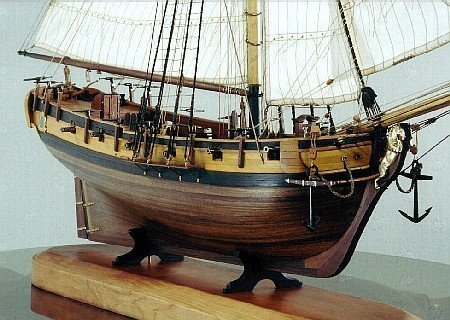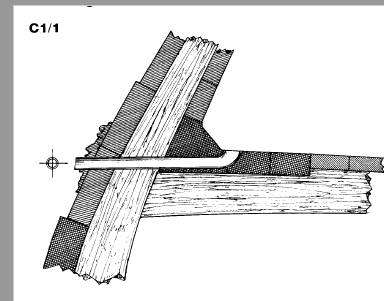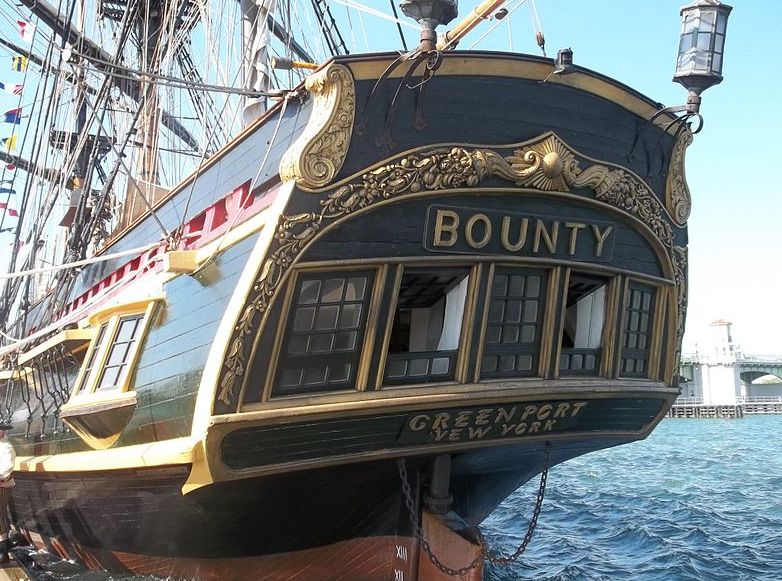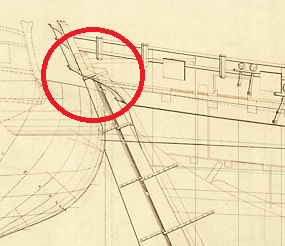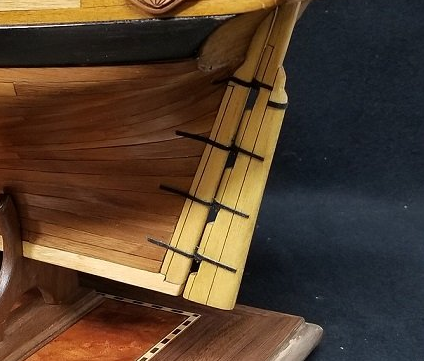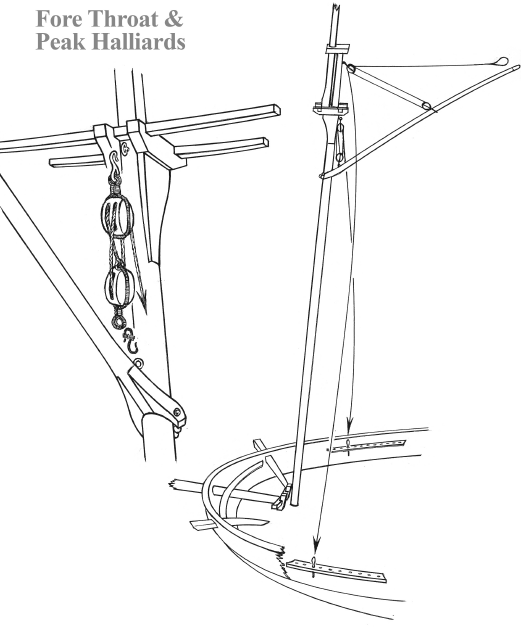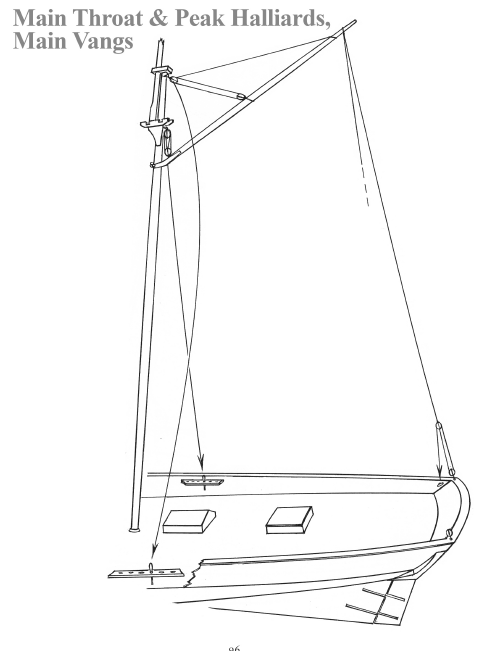-
Posts
3,155 -
Joined
-
Last visited
Content Type
Profiles
Forums
Gallery
Events
Everything posted by Gregory
-
I need help repairing an Artesania Latina Dallas 1:50 model
Gregory replied to Zeus-cat's topic in Wood ship model kits
I will look in my stuff and get back to you later... -
The Master Korabel boats are similar to the Falkonet, and you can find them at our sponsor Crafty Sailor.
-
Waterways
Gregory replied to Ron B's topic in Building, Framing, Planking and plating a ships hull and deck
-
That is probably because many kit plans and instructions often present it that way. If you dig a little deeper, you will find many build logs where that is not the case.
-
- 341 replies
-
- Sophie
- Vanguard Models
-
(and 1 more)
Tagged with:
-
The plan I used was to illustrate how the rudder post enters the transom and determine the position of the tiller. Not necessarily how you plan to build Sophie. Your plan doesn't show where the rudder post enters the counter.. That would determine where the tiller would lie.
- 341 replies
-
- Sophie
- Vanguard Models
-
(and 1 more)
Tagged with:
-
Well, no.. All ships with a wheel did not have the same amount of space below decks to accommodate tiller mechanics, but it would have been adequate for the tiller as designed. Where does your rudder enter the transom? What kind of space do you have at that point for the swing of the tiller?
- 341 replies
-
- Sophie
- Vanguard Models
-
(and 1 more)
Tagged with:
-
The cables would do that if space permitted, however you have to consider how far up into the boat the rudder post extends in your ship as she sits. Is there enough lateral room for the tiller to swing below the cabin?
- 341 replies
-
- Sophie
- Vanguard Models
-
(and 1 more)
Tagged with:
-
Did Aubrey talk about the tiller and accompanying rigging that would have complemented a wheel? Your earlier drawings would put the tiller and cabling somewhere in the great cabin...
- 341 replies
-
- Sophie
- Vanguard Models
-
(and 1 more)
Tagged with:
-
Well, Tom says he wants to build according to the book, so I suspect Sophie will have a wheel..😀
- 341 replies
-
- Sophie
- Vanguard Models
-
(and 1 more)
Tagged with:
-
Definitely Historic Ship Models by Wolfram Zu Monfeld.. Considering they are free, any number of the instruction books available at ModelExpo would be my 2nd choice.. Particularly the one's by Chuck Passaro.. They are like tutorials that would apply to any number of ships besides the kit they are written for. A good example is the US Brig Syren Look down the page for the 20 part instructions. You will find similar if not as detailed, instructions for all Model Shipways kits.. They are not just instructions for the kit in question, they provide a lot of basic kit building and rigging information.
-
Very nice look of the rudder! You may have it finished by the time you read this, but have you considered faking the Pintles and Gudgeons? The method is to pin the rudder to the stern post, then use card or tape to simulate the straps.. One of my pins is not as well hidden as it should be.. Do you see it?
-
202mm x 64mm = 12,928 = 508.97638 inches = 42.4 feet, which sounds realistic for a beam of 30 feet..
- 341 replies
-
- Sophie
- Vanguard Models
-
(and 1 more)
Tagged with:
-
What was the reason given for his dissatisfaction?
- 341 replies
-
- Sophie
- Vanguard Models
-
(and 1 more)
Tagged with:
-
1:98 HMS Victory plans
Gregory replied to Rgpracer's topic in Building, Framing, Planking and plating a ships hull and deck
For future reference, if you know the measurements for the full size ship, you can divide that by the same dimension of the model and get an approximation.. Or Divide the full size dimension by the scale and see what you get. A length I see for Victory is 186 feet on the gun deck.. Divide by 98 and you get 1.897 feet or about 22.7 inches. So if your victory model is close to 23 inches on the gun deck, I would consider it close to 1:98.. Close enough that it is unlikely to be another common scale, such as 1:72 or -
2mm Sounds a bit thick for the amount of bend in that area. You might try thinning it down to at most 1.5 mm. Try soaking the strip before bending it in place, then let it dry before gluing.. Also note that it may tend to split more depending on the direction of the bend. Start your bend, and if it looks like it wants to split, try bending in the other direction.
-
Has anyone referred you to Petersson's Rigging Period Fore and Aft Craft? One has to keep in mind that the author simply documented what he observed on a contemporary model. While the information appears to be accurate in many respects, some problems have been pointed out, here and there. Here are his diagrams of the the throat and peak halyard rigging for " .. a typical American schooner." Along with all the other information you have been provided, this should be of some help..
- 164 replies
-
- Model Shipways
- Finished
-
(and 1 more)
Tagged with:
-
Yes, they are Bob Smith..
About us
Modelshipworld - Advancing Ship Modeling through Research
SSL Secured
Your security is important for us so this Website is SSL-Secured
NRG Mailing Address
Nautical Research Guild
237 South Lincoln Street
Westmont IL, 60559-1917
Model Ship World ® and the MSW logo are Registered Trademarks, and belong to the Nautical Research Guild (United States Patent and Trademark Office: No. 6,929,264 & No. 6,929,274, registered Dec. 20, 2022)
Helpful Links
About the NRG
If you enjoy building ship models that are historically accurate as well as beautiful, then The Nautical Research Guild (NRG) is just right for you.
The Guild is a non-profit educational organization whose mission is to “Advance Ship Modeling Through Research”. We provide support to our members in their efforts to raise the quality of their model ships.
The Nautical Research Guild has published our world-renowned quarterly magazine, The Nautical Research Journal, since 1955. The pages of the Journal are full of articles by accomplished ship modelers who show you how they create those exquisite details on their models, and by maritime historians who show you the correct details to build. The Journal is available in both print and digital editions. Go to the NRG web site (www.thenrg.org) to download a complimentary digital copy of the Journal. The NRG also publishes plan sets, books and compilations of back issues of the Journal and the former Ships in Scale and Model Ship Builder magazines.

